General Information
| POPULATION | 44.94 million |
| LANGUAGE | Spanish |
| CAPITAL | Buenos Aires |
| CURRENCY | Argentine peso |
Fun Facts
- Argentina is almost entirely a country of immigrants
- Argentina is named after the Latin word for silver, “argentum”
- The most psychologists per capita
- Have had two female presidents
- Argentina created the first animated feature film
- Argentina was the first nation to use fingerprints for identification.
Argentina
Argentina covers much of southern South America, extending from the northern Subtropical forest down through the vast Pampas central plains to the snow-capped mountains of Patagonia in the south. The Andes are to the west, and the country slopes gently down to the Atlantic Ocean to the east. Argentina’s current population is made up of native Indians, Spanish settlers, and refugees from Southern Europe who came in the last century. The nation is relatively prosperous, but it has been plagued by political turmoil for years, with periods of army rule alternated with elected governments. The nation is bounded to the south and west by Chile, to the north by Bolivia and Paraguay, and to the east by Brazil, Uruguay, and the Atlantic Ocean.
Ethnicity
There are 44.94 million people living in Argentina
- 86% are of European extraction
- 7% Mestizo
- 3% Amerindian
- 3% Arab
- 1% Other
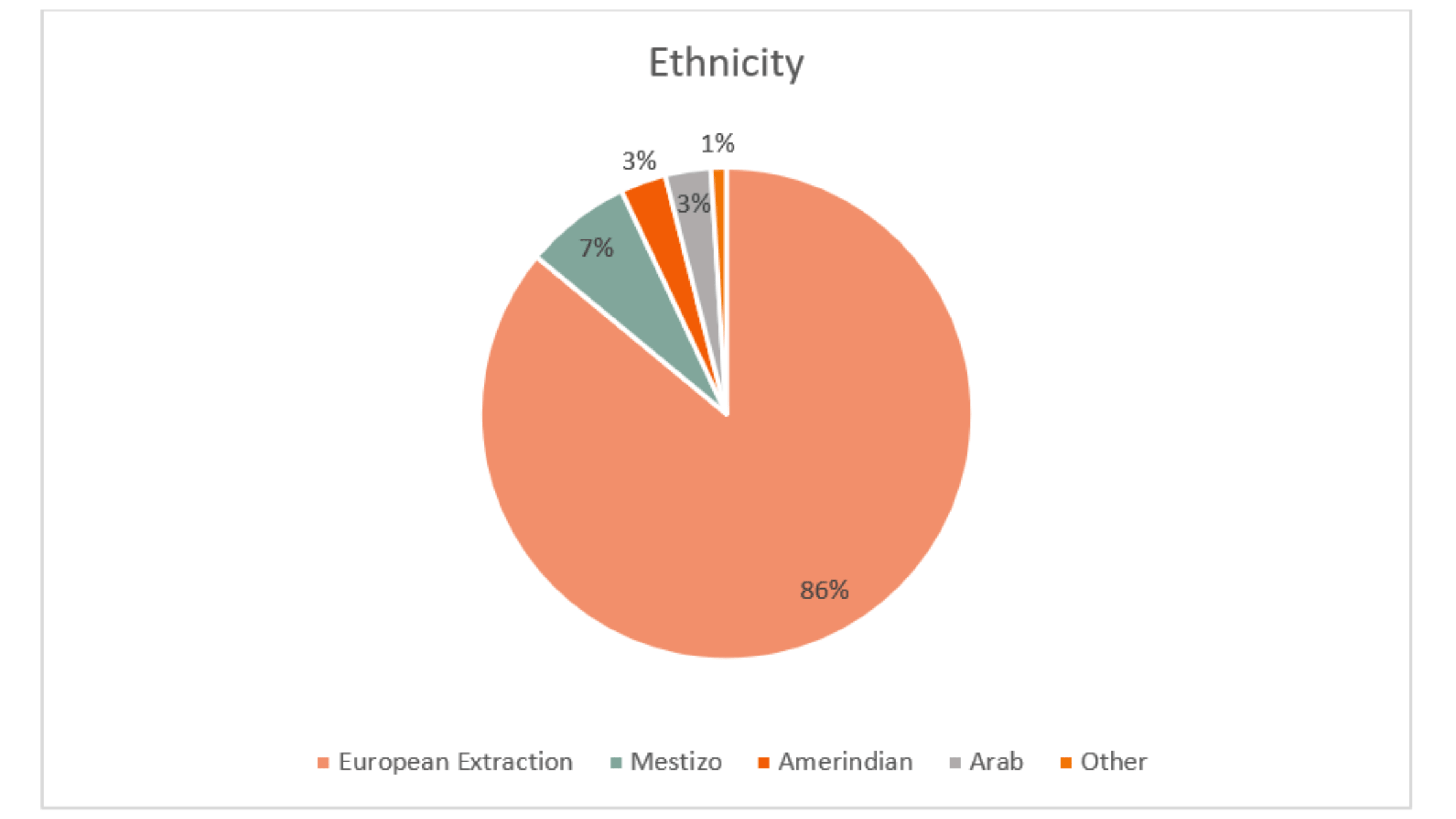
Economy
Argentina has a mixed economic structure that combines various levels of private independence with centralised economic planning and government control. Argentina is a part of the South American Common Market (Mercosur). Argentina has one of the largest economies in Latin America, with a GDP of approximately US$400 billion. Argentina has a wealth of natural resources, especially in energy and agriculture.
The South American country is one of the world’s major crop producing nations, accounting for up to 54 percent of their exports, making crops in general Argentina’s biggest export. Wheat, soybeans, corn, barley, rice, flax seed, sugarcane, cotton, citrus fruits, and grapes are among these crops. 80% of the population are Roman Catholic, 5% Protestant and the remaining are other minorities.
Food
Argentina has many influenced dishes such as pizza and pasta due to the large population of Europeans. Argentina is the worlds largest producer of yerba mate and ranks top 5 for the production of Soybeans, maize, sunflower seeds, lemons, and pears. The national dish of Argentina is asado this is a combination of traditional meats that have been barbecued. Fernet is an Italian digestivo that is widely regarded as Argentina’s national spirit.
Some dishes to try might be:
– Alfajor (Sweetened condensed milk biscuit)
– Empanadas (Savoury pastry)
– Provoleta (Grilled cheese)
– Chorizo sausages
– Chimichurri (Sauce)
Places
Argentina is home to the highest peak in South America Mt Aconcagua which is part of the Andes that run along the western border of Argentina. In Tierra del Fuego (the southern most province of 23), it is named the land of fire and is part of the Patagonia desert and glaciers surround the area.
The northern and central part of Argentina is made up of rain forests and arable land in the south is the Patagonia desert along with with glaciers and mountains. The neighbourhoods of Buenos Aires are dominated by three styles: neo-classical, art nouveau, and art deco. Argentina is the 5th largest producers of wine, almost all of the wine comes from the Mendoza wine region.
Some cities to visit in Argentina are:
- Buenos Aires, European influenced style capital
- Córdoba, Spanish colonial architecture and sites it see
- Ushuaia, Antarctic port
- El Calafate, take in the Andes
Some places to visit are:
- Iguazú Falls, Misiones Province
- The Plaza de Mayo, Buenos Aires
- Quebrada de Humahuaca, privence of Jujuy
- Los Glaciares National Park, Santa Cruz Provence
- Glaciarium Patagonian Ice Museum, Santa Cruz Provence
History
Spanish colonisation of the River Plate coast and inland areas starts in the 16th century.
Spain creates a new Viceroyalty of the River Plate in 1776. In 1810 the Viceroy is deposed, sparking the American Revolutionary War.
Independence is proclaimed in 1816, and the country experiences decades of unrest, attempted foreign invasion, and civil war between centralist and federalist powers.
1880 – Decades of liberal economic and immigration policies begin, resulting in rapid income and population growth, as well as progressive education and social policies.
Argentina had the world’s seventh highest per capita income in 1908. Complete adult male suffrage is granted in 1912. In 1930 President Yrigoyen is deposed by armed forces in the midst of a severe economic decline brought about by the Great Depression.
In 1932, civil rule is restored, but the economy continues to deteriorate. After the Japanese assault on the US Pacific fleet at Pearl Harbour, Argentina and Chile refuse to sever diplomatic ties with Japan and Germany. 1946 – Juan Peron wins presidential election on a promise of higher wages and social security. His wife, Eva ‘Evita’ Peron is put in charge of labour relations. 1949 – A new constitution strengthens the power of the president. Opponents are imprisoned, independent newspapers are suppressed.
In 1951 Peron is re-elected with a huge majority, but his support begins to decline after Evita dies the following year. The British Falkland Islands, over which Argentina has long asserted sovereignty, are occupied by Argentine forces in April 1982. In June, a British task force retakes the islands. In Argentina’s worst terrorist attack, a Jewish community centre in Buenos Aires is bombed, killing 86 people and injuring more than 200. Prosecutors say Iran and its Hezbollah allies in Lebanon are to blame.
This was followed by the “Return of the Peronists”, Fernandez elected and the fight for the Falkland island continues.
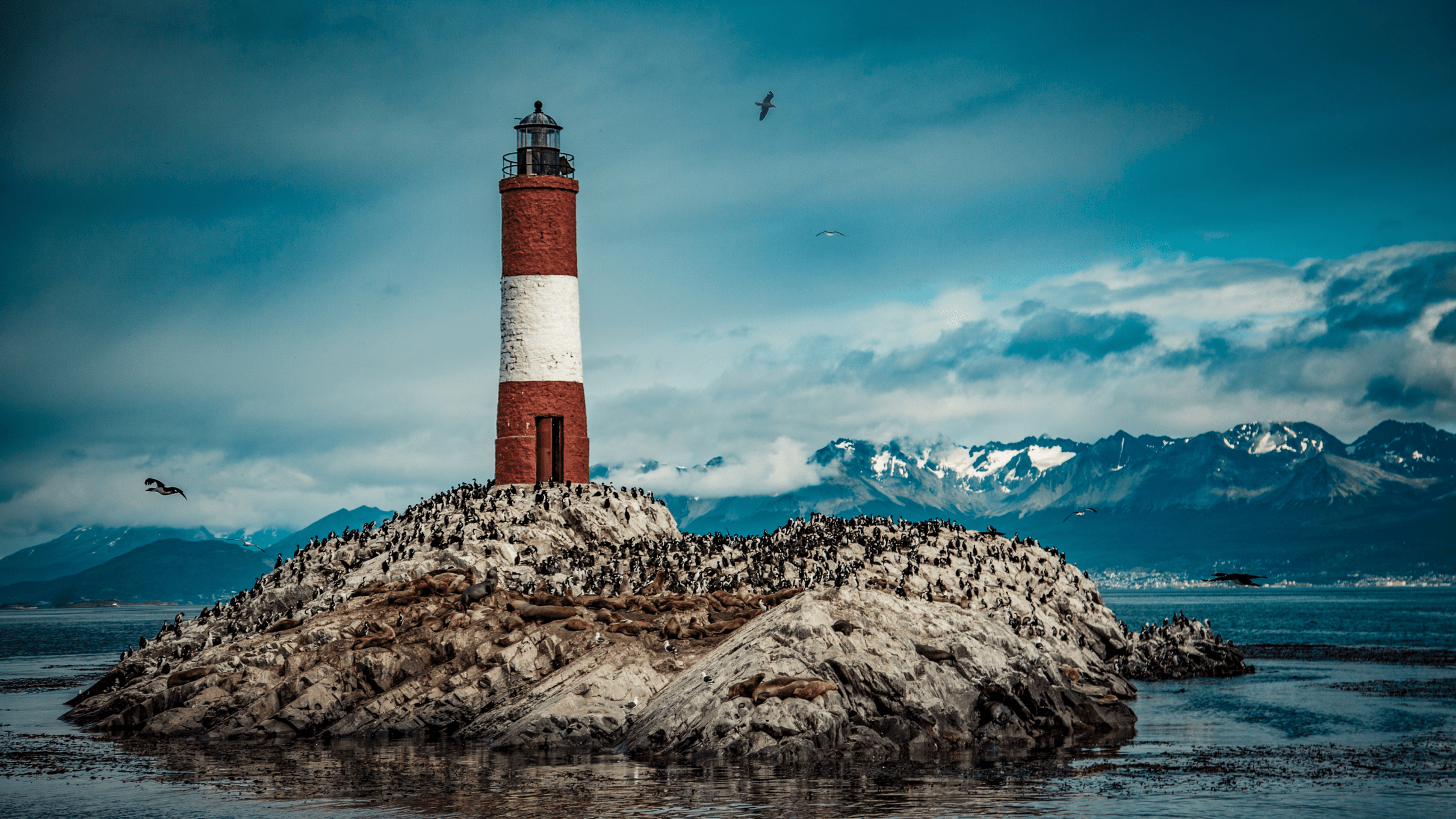
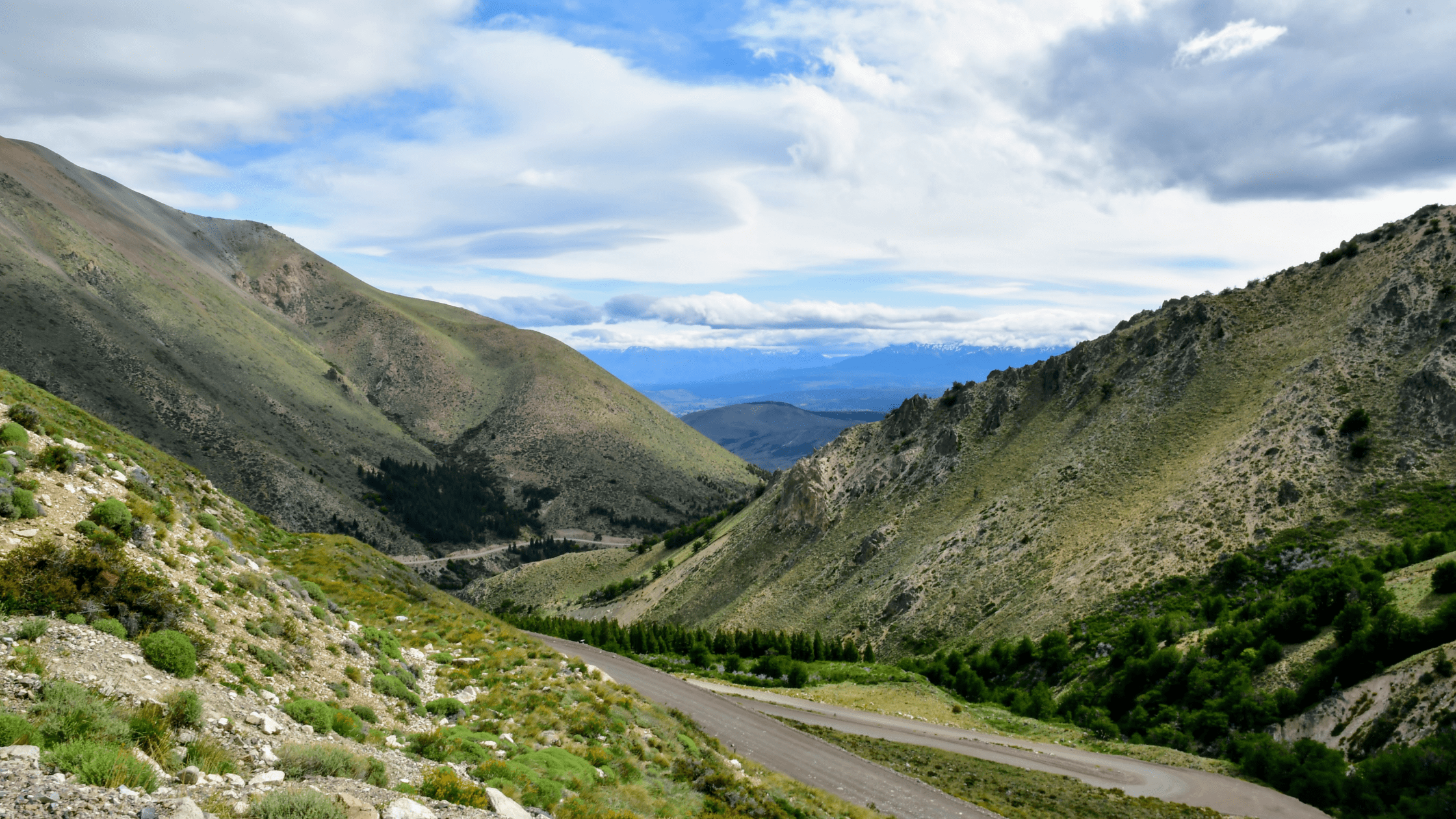
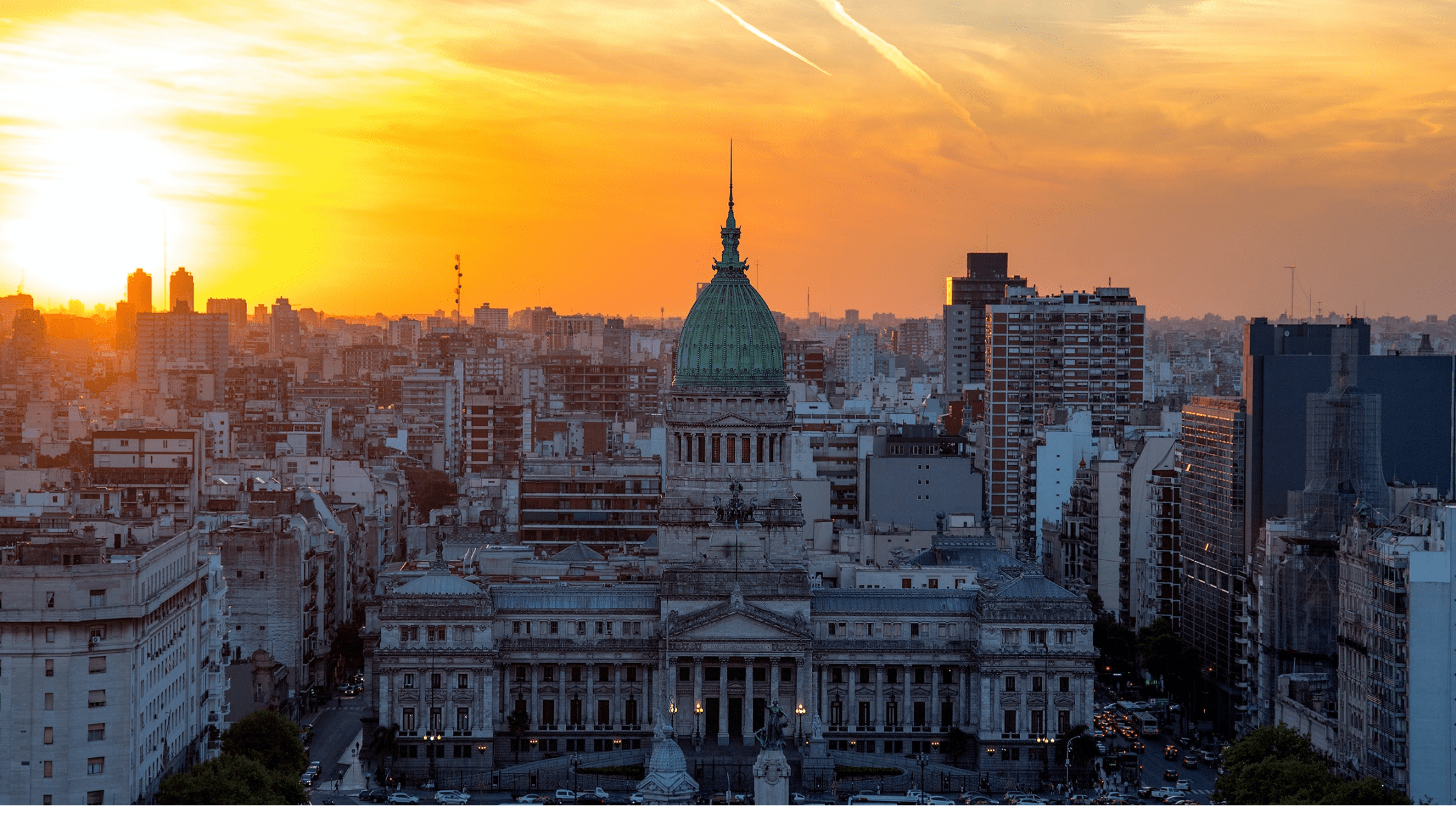
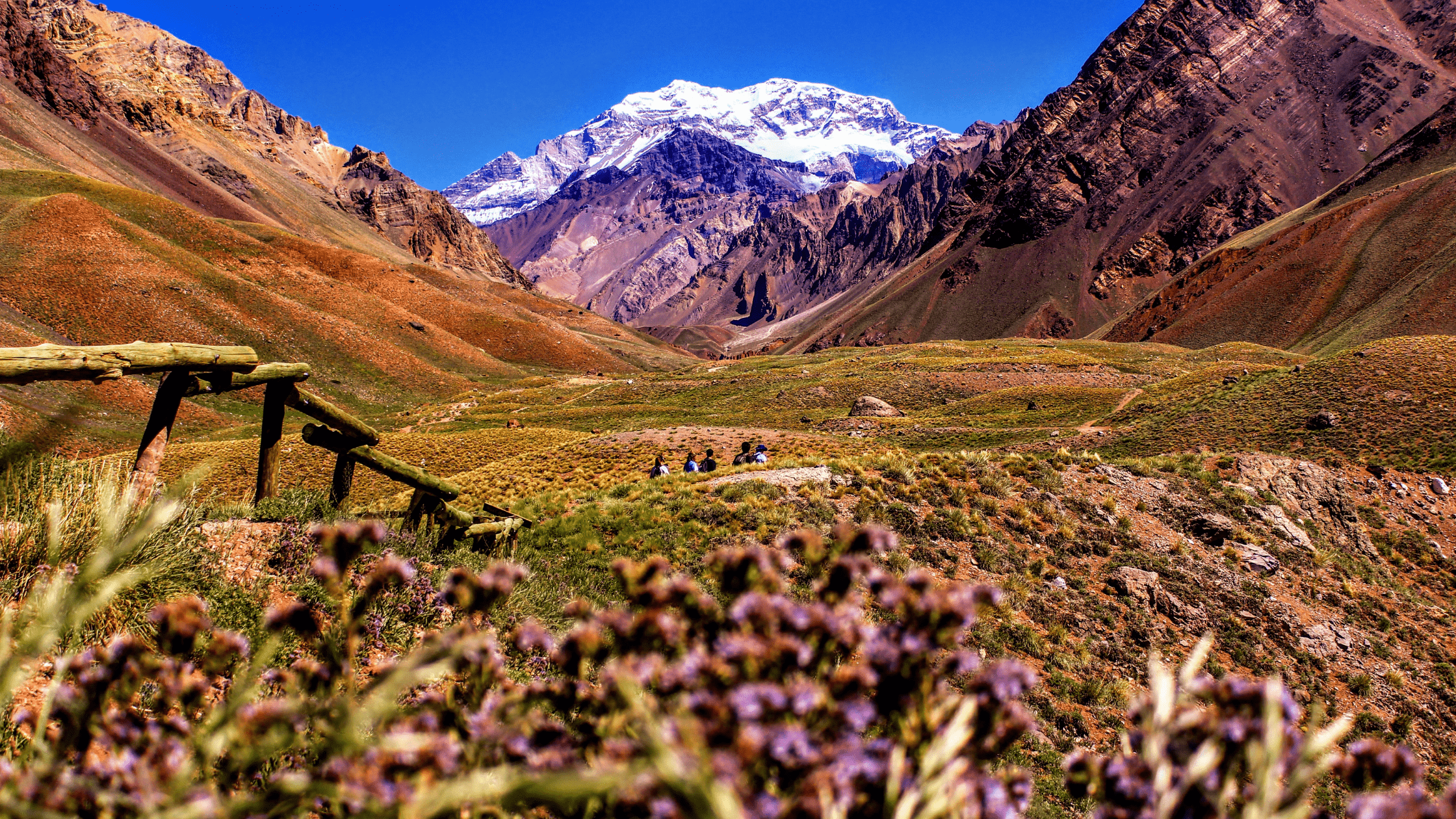
Language Basics
| English | Spanish |
| Hello | Hola |
| Goodbye | Adiós |
| Yes | sí |
| No | No |
| Good Morning | Buenos días |
| Good Afternoon | Buenas tardes |
| Please | Por favor |
| Thank You | Gracias |
| Excuse Me | Perdóneme |
Published on the 15th of June 2021
